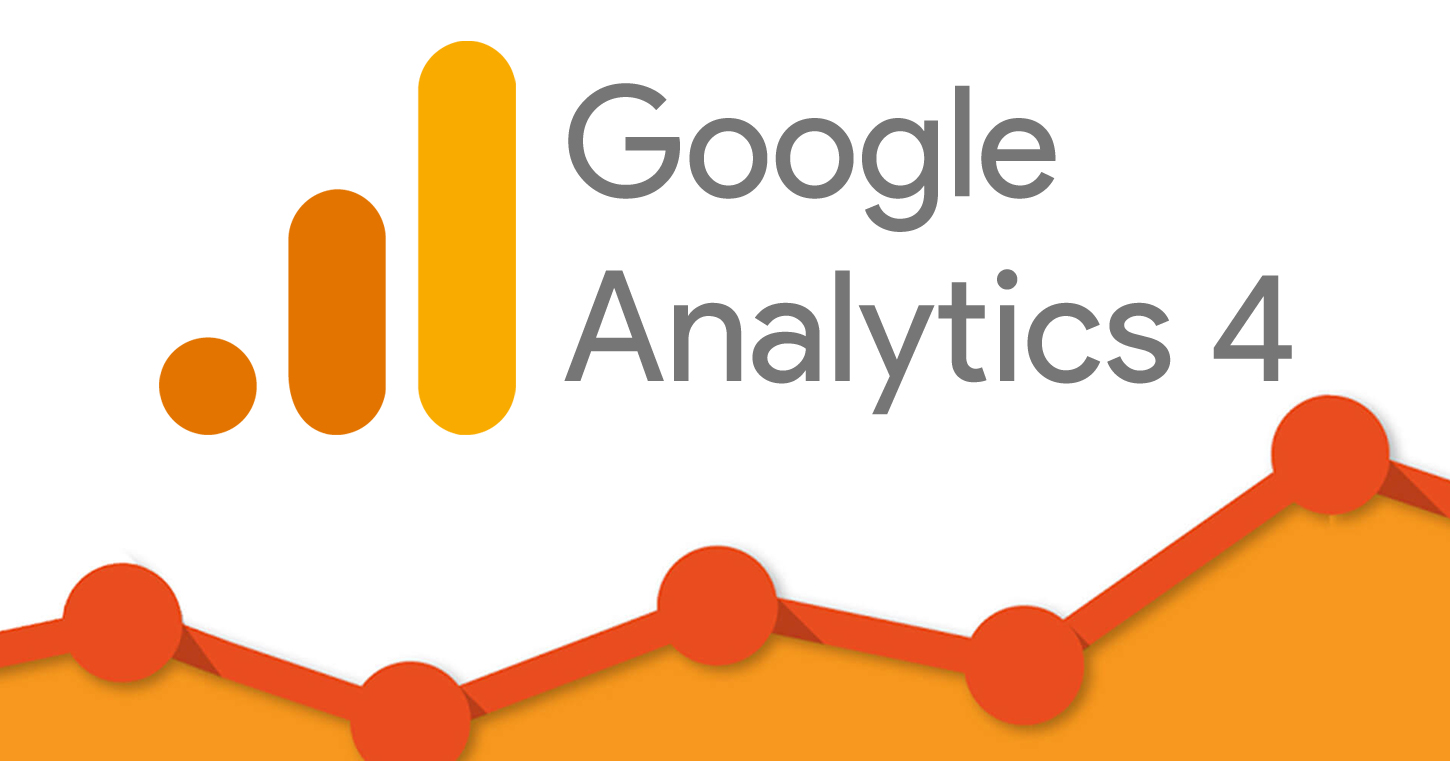What is a "Dimension" in Google Analytics? Learn How It Shapes Your Data
What is a "Dimension" in Google Analytics? Learn How It Shapes Your Data
Blog Article
Transform Your Information Analysis With Specialist Tips on Google Analytics Capacities
Enhancing your data evaluation abilities with Google Analytics dimensions can be a game-changer in decoding the complexities of user interactions and on-line web traffic. By purposefully leveraging these dimensions, you can gain valuable insights that lead the way for informed decision-making. The intricate web of information points waiting to be discovered holds the key to opening a treasure of information that might change your understanding of digital efficiency. Through specialist ideas and methods in taking advantage of Google Analytics measurements, a world of untapped potential beckons, assuring a deeper understanding of your online community.
Understanding Google Analytics Dimensions
Google Analytics Measurements play an important function in supplying beneficial understandings into the performance of an internet site or online system. Dimensions are characteristics of information that enable you to segment and arrange your analytics information. They offer context to the metrics being evaluated, providing a much deeper understanding of individual actions, traffic sources, and other vital performance indications. By utilizing dimensions properly, businesses can tailor their techniques to satisfy the needs and assumptions of their target market.
Dimensions categorize information right into different groups, such as website traffic sources, user demographics, behavior, and technology made use of. This division allows services to identify patterns, fads, and possibilities for optimization. Recognizing the different dimensions available in Google Analytics is essential for analyzing information precisely and making informed choices to enhance site efficiency and customer experience.
Selecting the Right Dimensions
Picking the ideal dimensions in your Google Analytics setup is a vital component in successfully examining and interpreting information. Measurements in Google Analytics refer to the features of your data, such as resource, medium, device kind, or geographic place. When choosing measurements, consider what specific understandings you aim to obtain from your data evaluation.

It is necessary to select dimensions that line up with your organization objectives and the concerns you seek to address. By choosing the best dimensions, you can boost the deepness and precision of your data analysis, resulting in even more informed decision-making and workable understandings.
Making Use Of Custom Capacities Effectively
When aiming to dig deeper into details data factors beyond the typical dimensions given by default in Google Analytics, using personalized dimensions can supply a tailored technique to tracking and evaluating unique metrics. To successfully make use of custom-made measurements, it is important to strategy and implement them attentively, guaranteeing they line up with your information and objectives analysis requires. Regularly evaluating and improving your custom dimensions based on transforming business demands is crucial to making the most of the value they bring to your Google Analytics information analysis efforts.

Advanced Methods for Measurement Analysis
For extensive data evaluation and obtaining valuable insights from your Google Analytics reports, grasping innovative strategies for dimension analysis is vital. Advanced strategies for measurement evaluation involve diving deeper into the information to reveal even more detailed insights. One such method is segmenting measurements to develop more targeted analysis. By combining several dimensions, such as website traffic resources and customer demographics, you can obtain a far better understanding of how different segments of your audience behave on your web site.
An additional innovative method is utilizing custom-made records to assess measurements across different metrics. This enables you to contrast and contrast how certain dimensions impact numerous elements of your site performance. Additionally, leveraging the power of secondary measurements can supply extra context to primary dimensions, providing a much more thorough view of your information.

Improving Data Visualization With Dimensions
To improve the understanding and analysis of data gathered through Google Analytics, enhancing information visualization with dimensions is a tactical technique. Dimensions in Google Analytics provide detailed qualities of data, enabling individuals to sector and arrange information for more clear understandings.
Improving data visualization with dimensions not my blog just streamlines the presentation of data yet likewise help in making notified choices based upon the evaluation. Graphes offer a user-friendly and quick method to understand essential metrics and performance signs, helping with interaction and collaboration within a company. By including measurements into data visualization strategies, companies can unlock the complete possibility of their Google Analytics information and drive data-informed approaches for growth and optimization.
Final Thought
Finally, mastering Google Analytics dimensions is important for boosting and unlocking important understandings decision-making. By thoroughly choosing measurements straightened with key performance signs, using custom-made dimensions effectively, and applying sophisticated strategies such as division and second measurements, you can reveal patterns in user actions and website traffic sources. Improving data click site visualization with clear depictions of findings will better aid in translating complex data and driving efficient development strategies.
When aiming to dive deeper into certain information points beyond the typical dimensions offered by default in Google Analytics, using personalized dimensions can provide a customized strategy to monitoring and analyzing distinct metrics. Furthermore, leveraging the power of second measurements can provide extra context to main measurements, supplying an extra comprehensive view of your data.
To enhance the understanding and interpretation of data gathered with Google Analytics, boosting information visualization with measurements is a critical approach (what is a “dimension” in google analytics?). By incorporating measurements into data visualization techniques, companies can unlock the full capacity of their Google Analytics data and drive data-informed techniques for growth and optimization
By thoroughly choosing dimensions aligned with essential performance indicators, utilizing custom measurements properly, and using innovative methods such as segmentation and secondary dimensions, you can uncover their website patterns in customer actions and web traffic sources.
Report this page